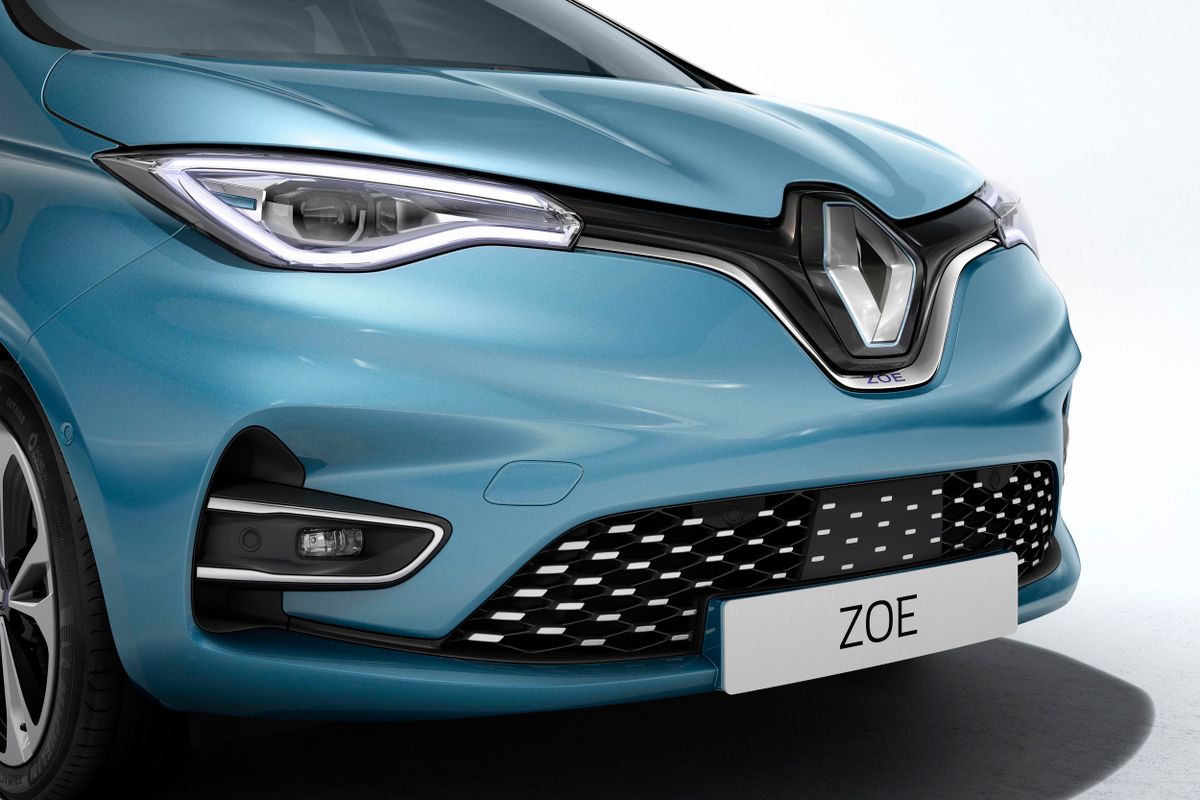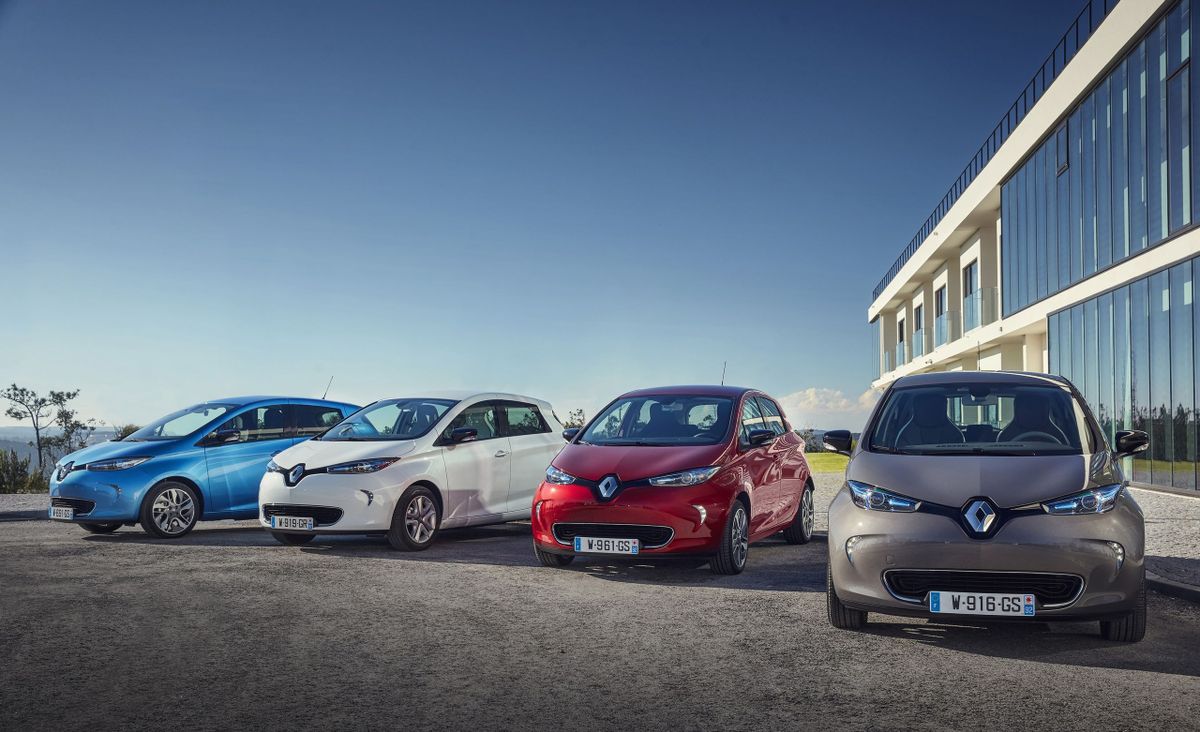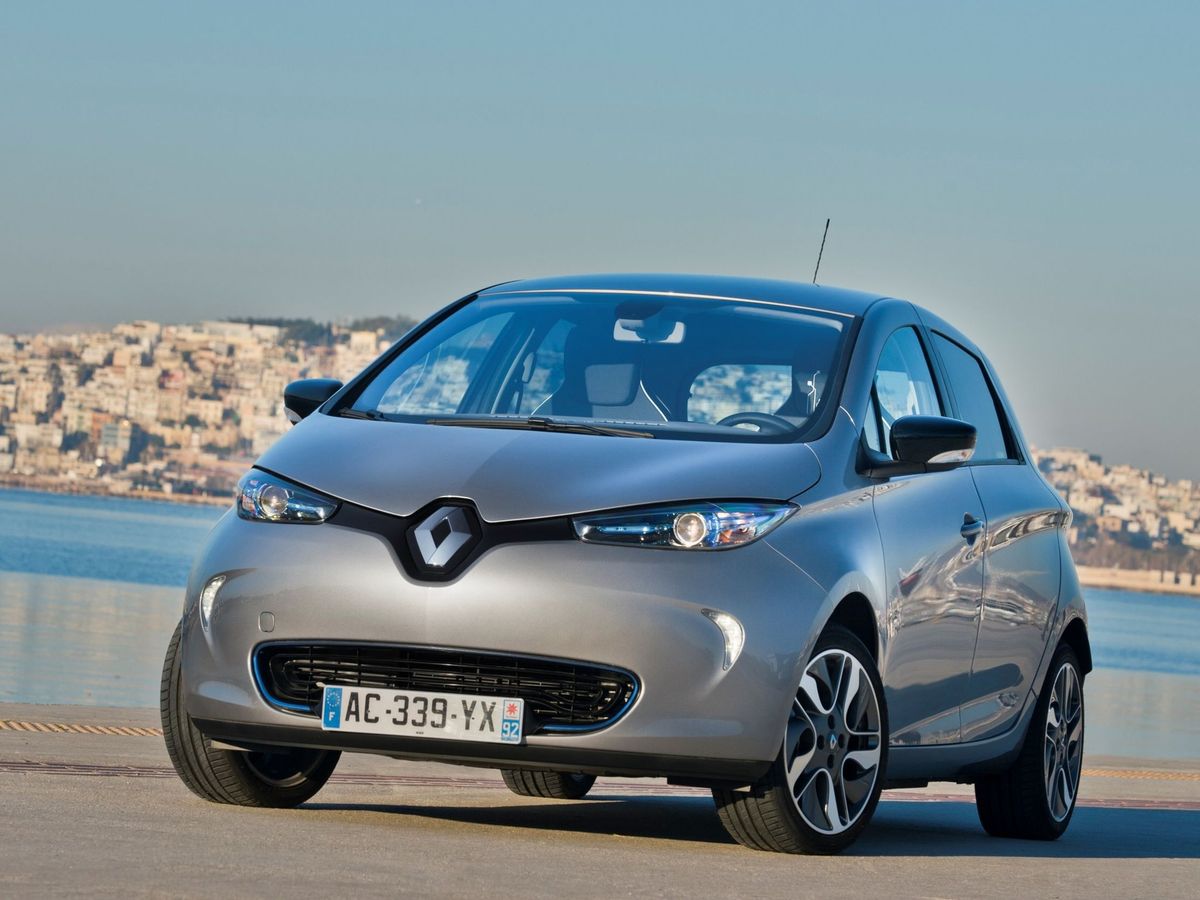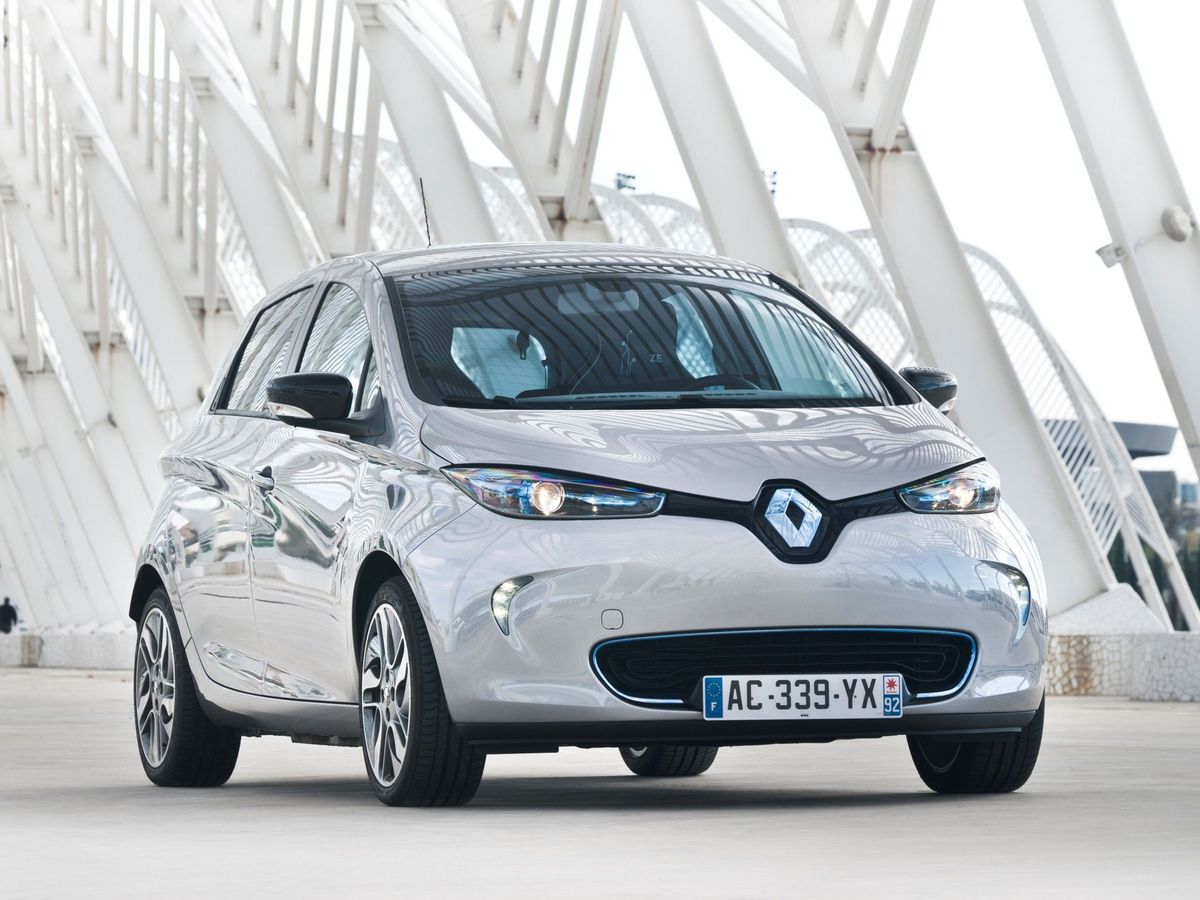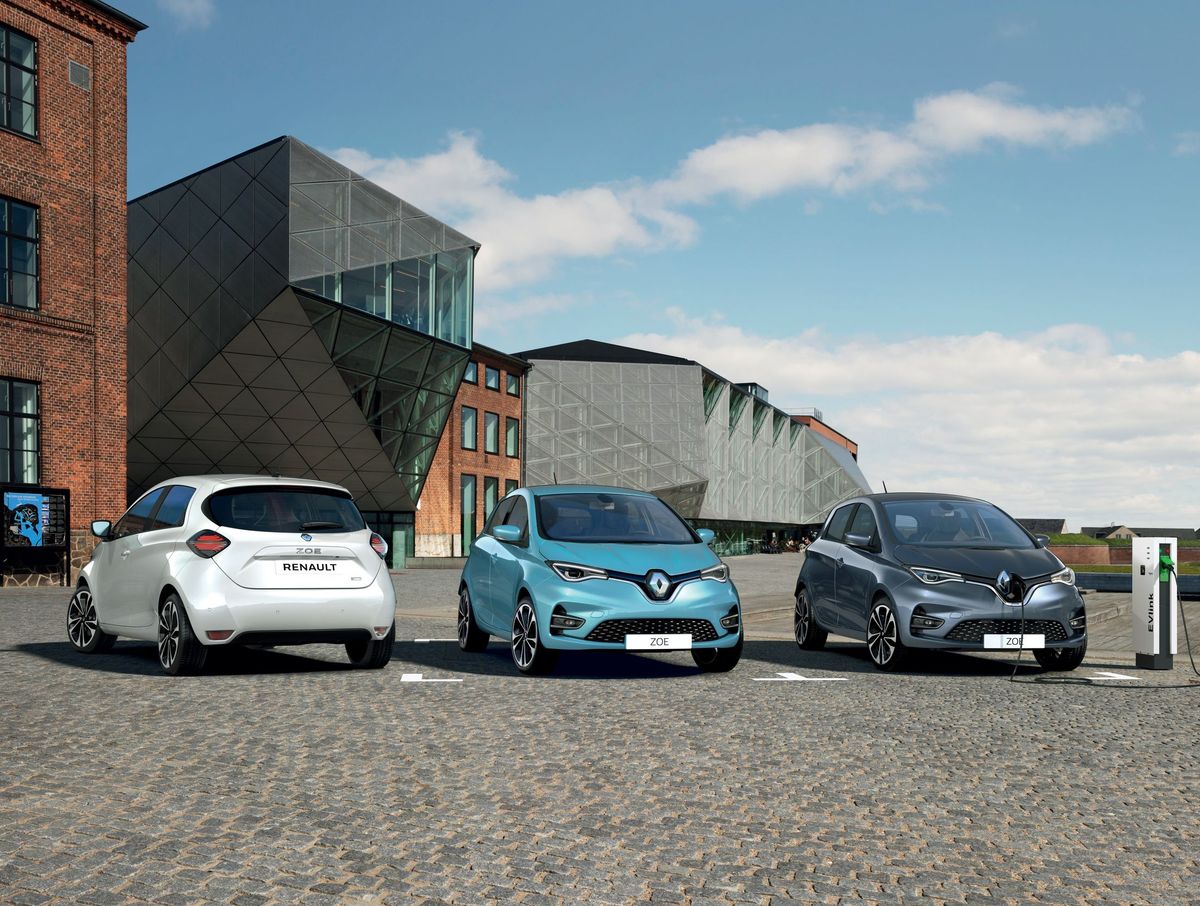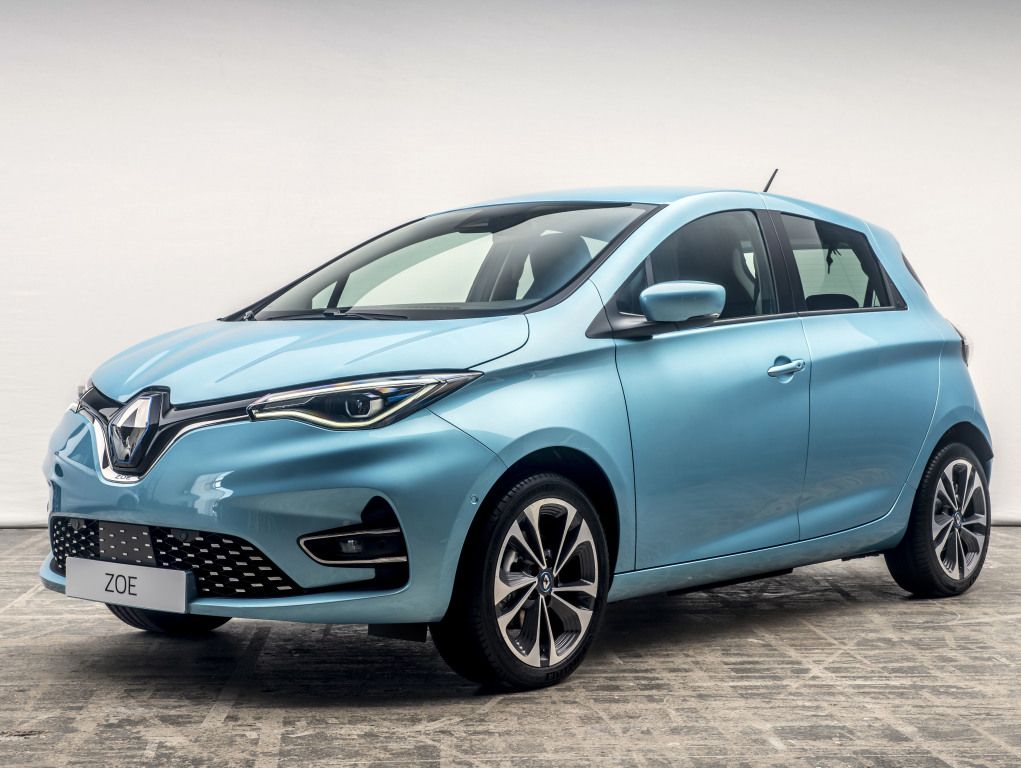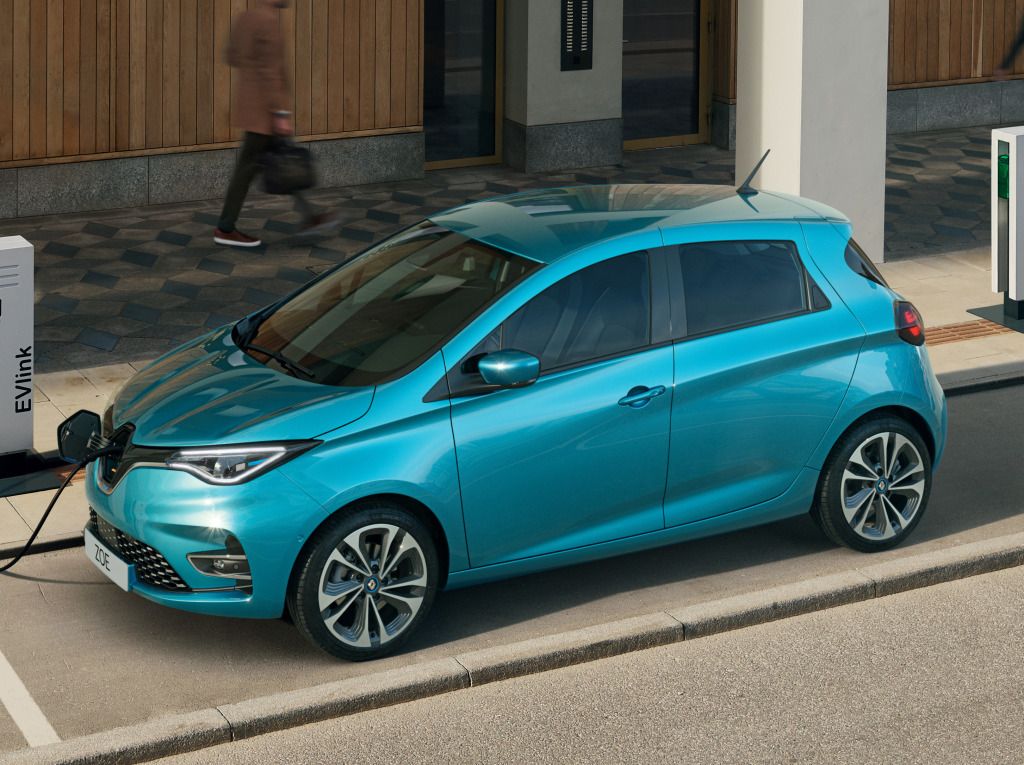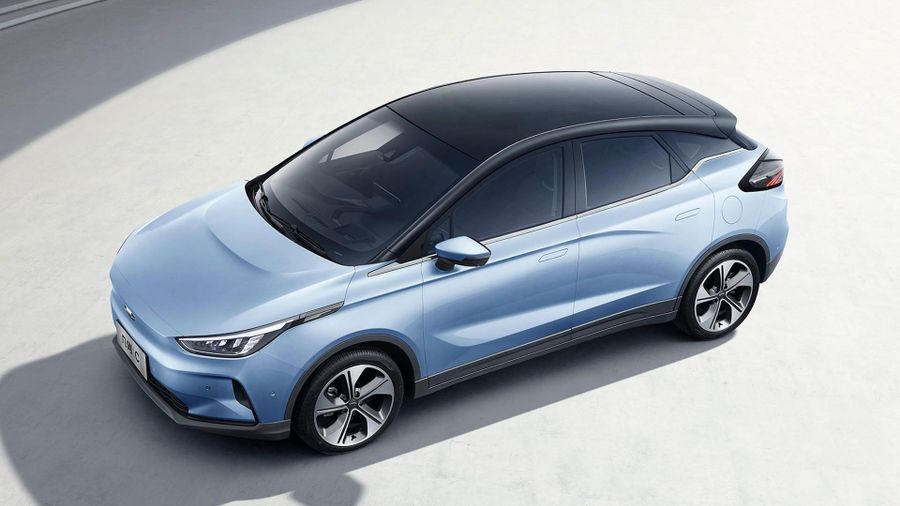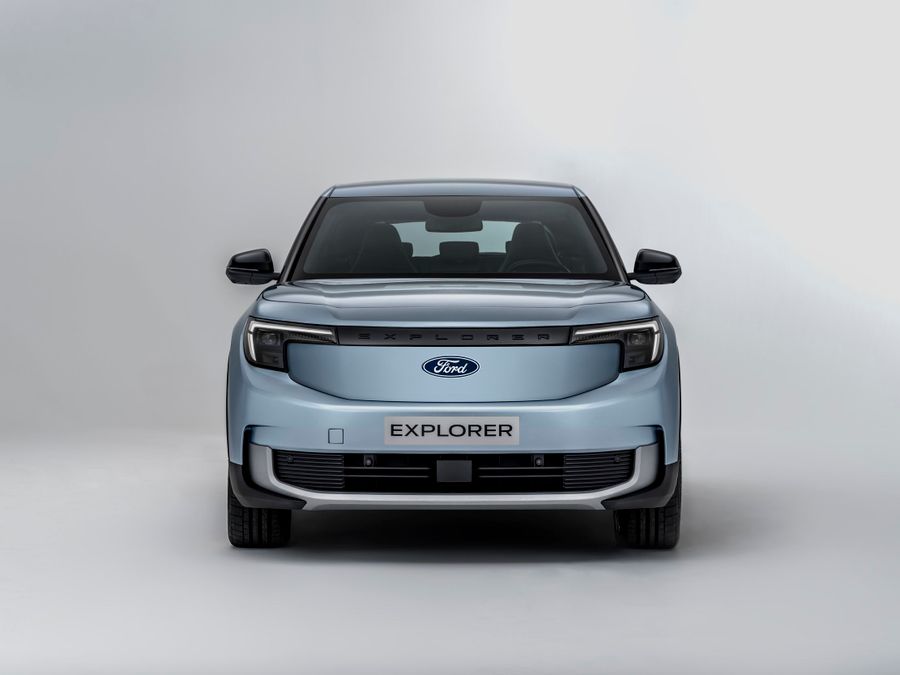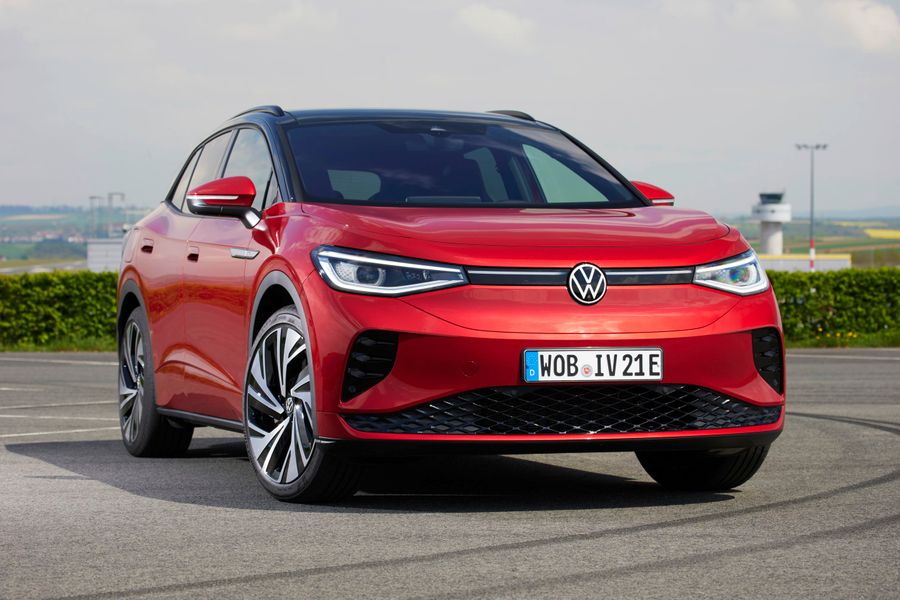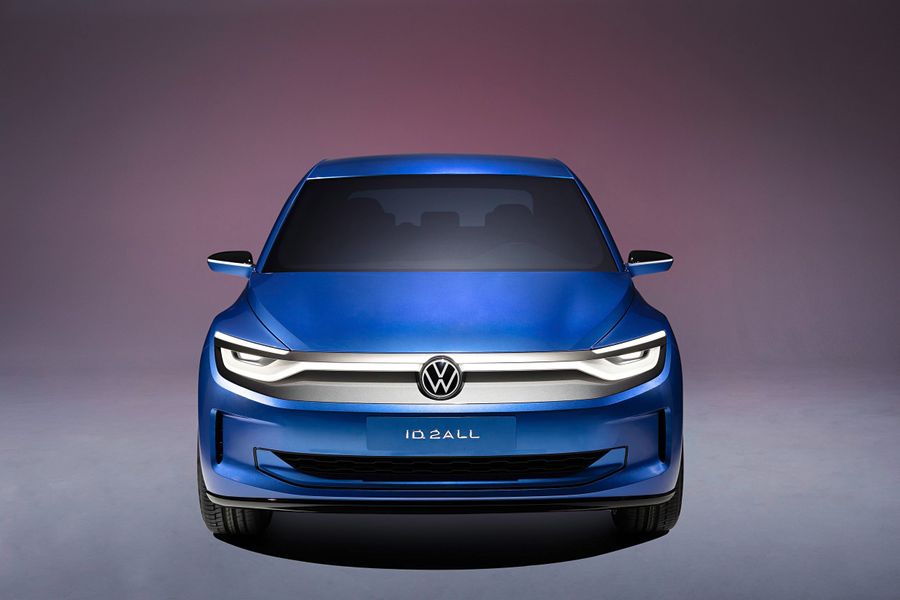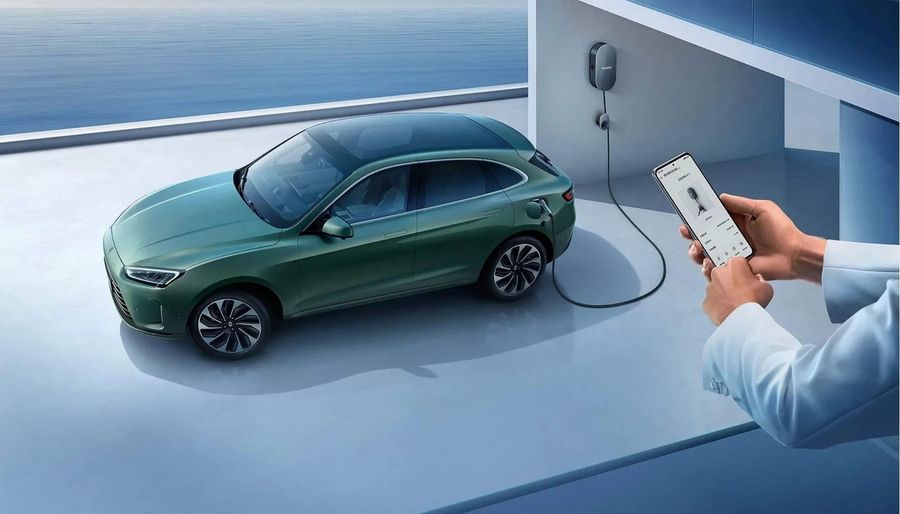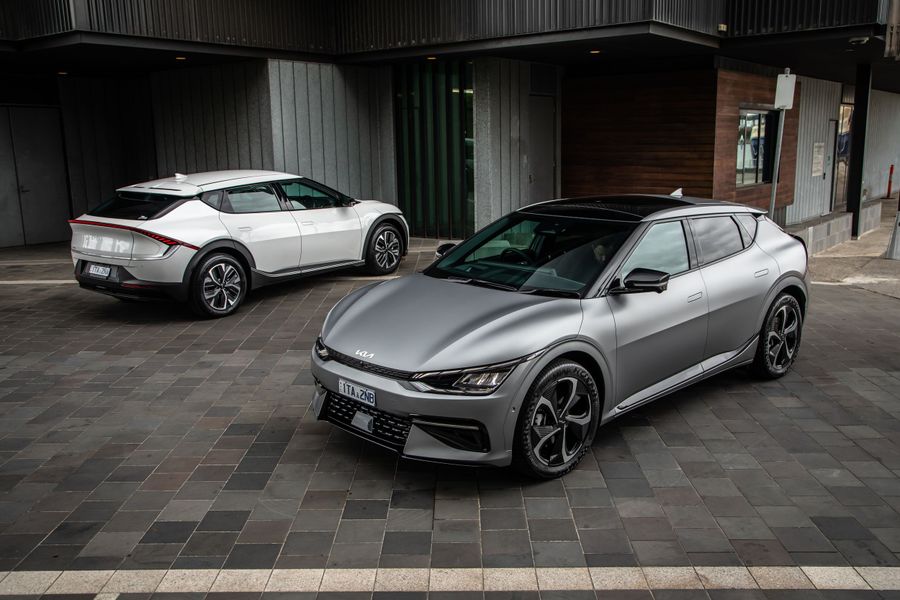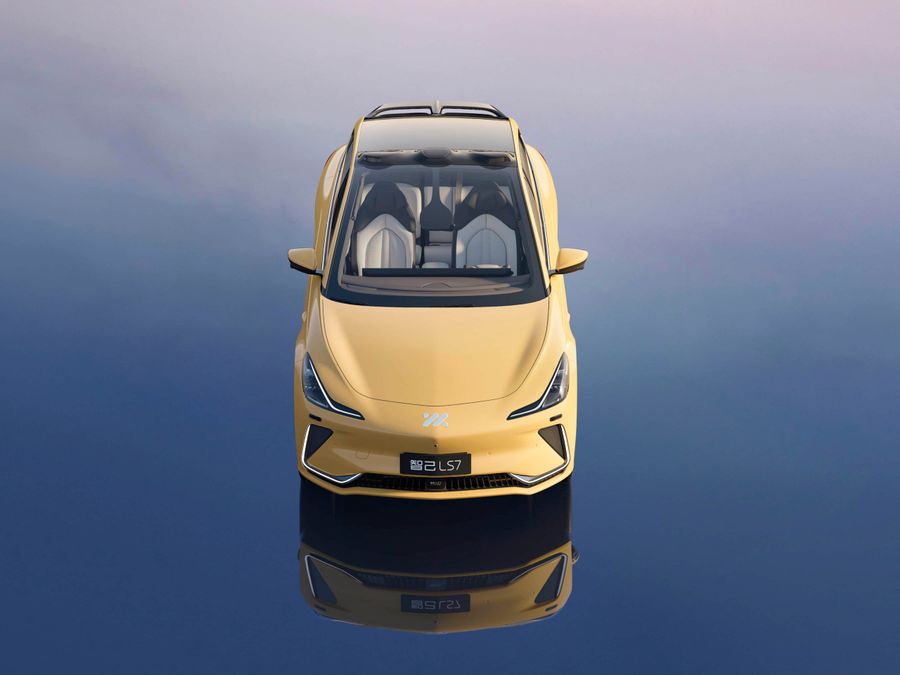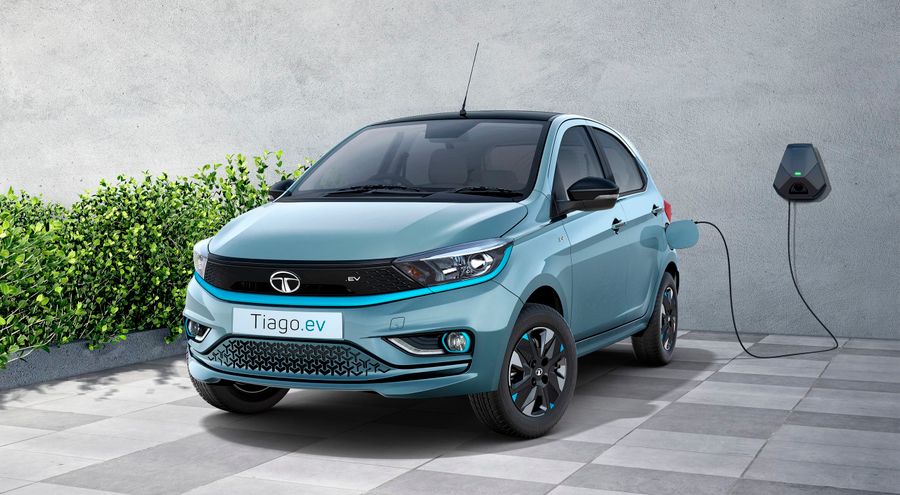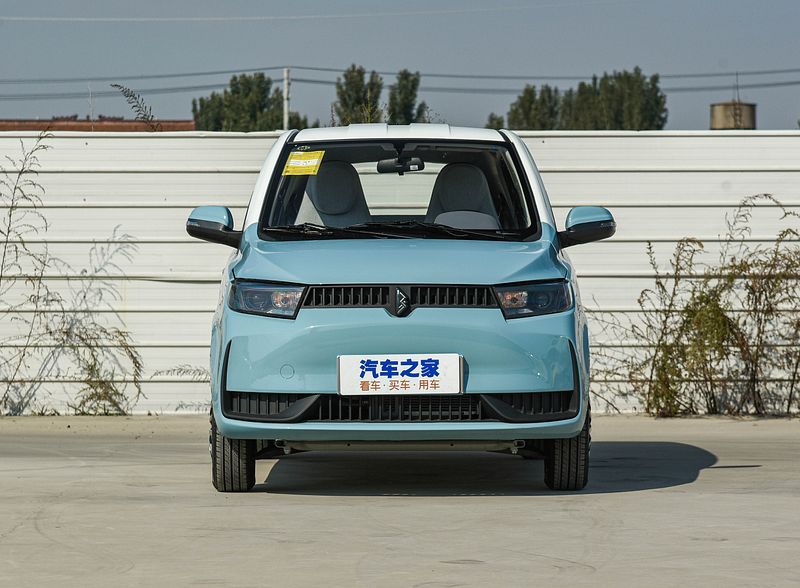
Electric ‘Life’
The Renault Zoe is a five-seater electric car produced by Renault (France) as a five-door hatchback. The concept of this electric car was presented at the 2010 Paris Motor Show, and the production version was unveiled at the 2012 Geneva Motor Show. The sales started at the end of 2012. In January 2014, 10,000 electric cars were sold, primarily in Europe.
The name ‘ZOE’ is derived from the phrase ‘Zero Emission’. ‘ZOE’ in Greek means ‘life’. Plus, Zoe is a common female name in France. There was even a trial related to the name, but Renault defended its right to call the car this way, because the Greek word cannot be patented.
The first generation
It has been produced from 2012 to the present, and was restyled in 2019 (as of 2021). Back in 2008, the X10 project, aka ZOE, was conceived as an ordinary electric car for the needs of an average road-user. The first Zoe was uniquely beautiful, as it was designed by real artists: Jean Semeriva, who designed the exterior of the Renault Megane RS hot hatchback, and Laurens van den Acker, Renault’s chief designer since 2009.
The Zoe is based on the Renault Clio’s platform. The front suspension had to be changed by linking the MacPherson struts with the Renault Megane’s subframe and lower arms, and the rear H-beam was reinforced. This was necessary because the battery made the car 250 kg heavier. But since the battery is a flat unit consisting of power components, the center of gravity is 35 mm lower, and the rigidity of the body is 55% higher than that of the original Clio. The track has also become wider by 16 mm, and all this has a positive effect on the car’s road stability. As for dimensions, the car is 4,084 mm long, 1,730 mm wide and 1,562 mm high, while its wheelbase reaches 2,588 mm.
It should be noted that even taking into account the ‘kinship’ of Nissan and Renault, the electric Leaf and Zoe models are not built on the same platform. Despite some similarities in terms of the layout, suspensions and other things, they are quite different, including the electrical unit base: the Li-ion battery in Renault’s Zoe consists of 12 modules each with 16 cells, which is smaller than that of Nissan (48 modules with four cells in each), and its capacity is more modest: 22 kW/h against 24 kWh. The more high-speed synchronous electric motor of the Zoe produces 88 hp, while that of the Leaf can produce 109 hp.
The name ‘ZOE’ is derived from the phrase ‘Zero Emission’. ‘ZOE’ in Greek means ‘life’.
Inside, an electric car looks like an ordinary car: there is a comfortable oval steering wheel. There are standard soft seats with an integrated headrest and not very comfortable profile. The car traditionally features large and colorful displays, characteristic of electric cars and hybrids. In the center, there is the R-Link multimedia system, and a digital dashboard is located in front of the driver. The presence of plastic material gives out a low budget of this car. The seats are unusually high as the floor is double and contains batteries.
The main information is the drive range. Instead of the record 210 km achieved in the NEDC certification cycle, the actual drive range rarely exceeds 150 km, even within the city. But the electric motor thrust is very powerful (the maximum value is 220 Nm) and starts immediately, at 250 rpm. The Eco mode, which is designed to reduce electricity consumption by 10%, greatly reduces the dynamics. Regeneration is only active when the brakes are used. Curiously, the ratio between mechanical and electrical braking forces flexibly changes not only depending on the required deceleration, but also on the charge of the batteries. When it is more than 80%, the recuperation is weak, because overcharging dramatically reduces the battery life.
The climate control, which is fundamentally new for electric cars, is very interesting. It is called ‘heat pump’. This is a conventional split system that heats the air just like a household air conditioner in an office. This heater is quite efficient.
2019 restyling
By the time of restyling, the total turnover had already exceeded 150 thousand cars. Before that, the Renault Zoe had already been modernized in the fall of 2016: it acquired a new battery with a capacity of 41 kWh instead of 22 kWh. This made it possible to increase the drive range from 240 to 400 km within the NEDC cycle (in real conditions it was 300 km). However, the real restyling took place in 2019. Exterior was slightly changed: new bumpers, very similar to the old ones, diode lighting equipment, fashionable rear turn signals. But the car could boast of a completely new interior with synthetic seat upholstery made from recycled materials and full LED backlighting.
The main thing: the capacity of the lithium-ion traction battery has been increased from 41 to 52 kW/h, so the drive range in the WLTP cycle has increased from 317 to 390 km.
There is a 10-inch display with beautiful instrument graphics and a navigation map. The new media system has an enlarged screen (9.3 inches instead of seven), supports Apple CarPlay and Android Auto functions and offer the expanded functionality of remote access from a smartphone. The climate control unit is equipped with displays built into the rotating knobs, just like on the Clio. The transmission selector is now non-locking, and a servo button has appeared instead of a parking brake lever. All electrical equipment has been modernized again. The main thing: the capacity of the lithium-ion traction battery has been increased from 41 to 52 kW/h, so the drive range in the WLTP cycle has increased from 317 to 390 km. And now the batteries can be charged not only with alternating current, but also with direct current: the drive range will increase by about 150 km in half an hour at a 50 kW terminal.
The 88 and 92 hp versions are no longer available. Formerly the most powerful engine with 108 hp and 225 Nm has now become basic. The manufacturer also introduced an engine with 135 hp and 245 Nm. With it, the electric car from Renault can accelerate to 100 km/h in less than 10 seconds versus 11.4 for the initial version. The maximum speed is 140 and 135 km/h, respectively.
The 2019/2020 Renault Zoe now has a B driving mode with the most efficient regeneration: acceleration and deceleration can be controlled only with the accelerator pedal, and the use of the brake pedal is minimized. The equipment list includes a parking assist system, an automatic braking system and a set of other electronic assistants. Moreover, the car is equipped with the rear disc brakes, instead of drum mechanisms.

